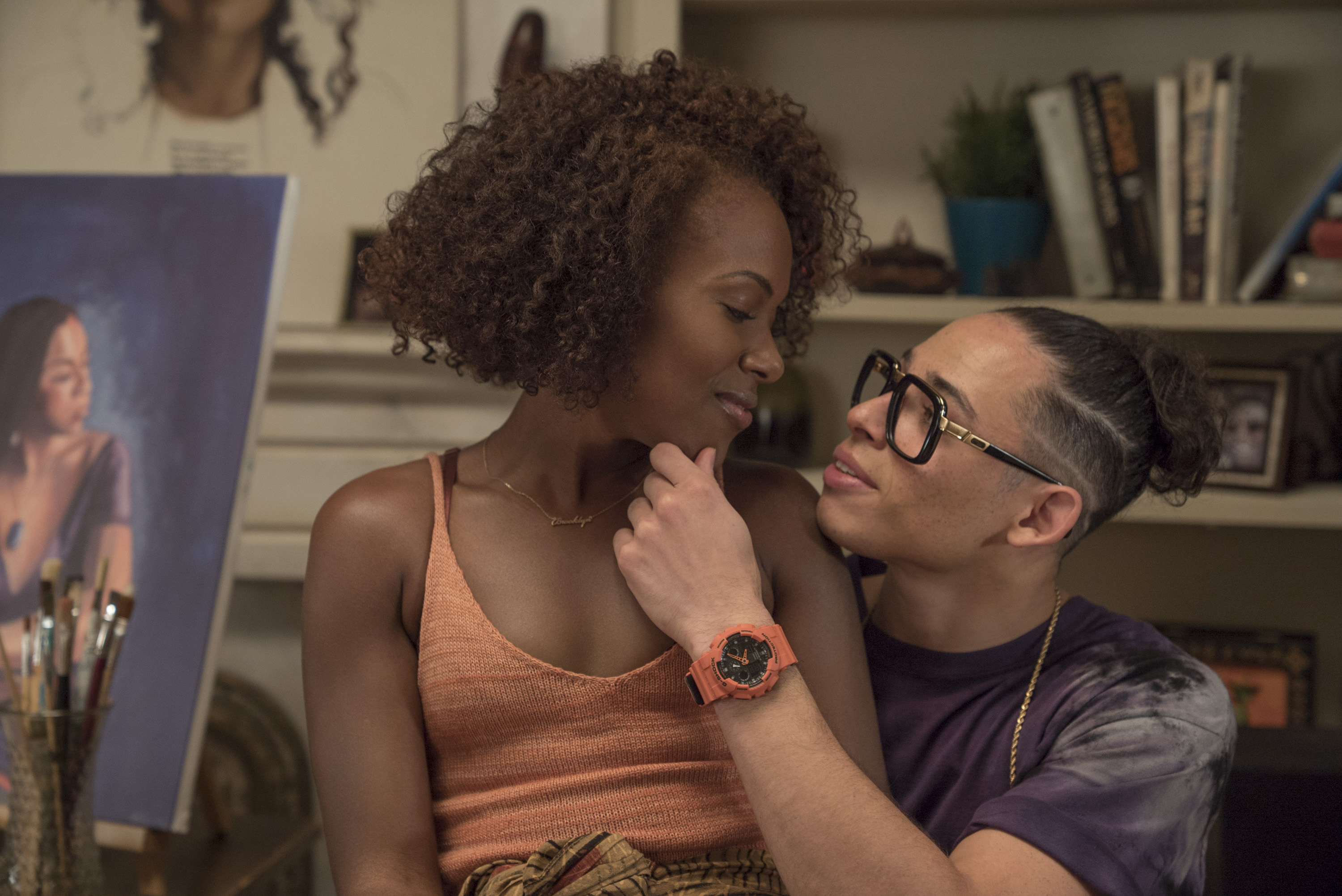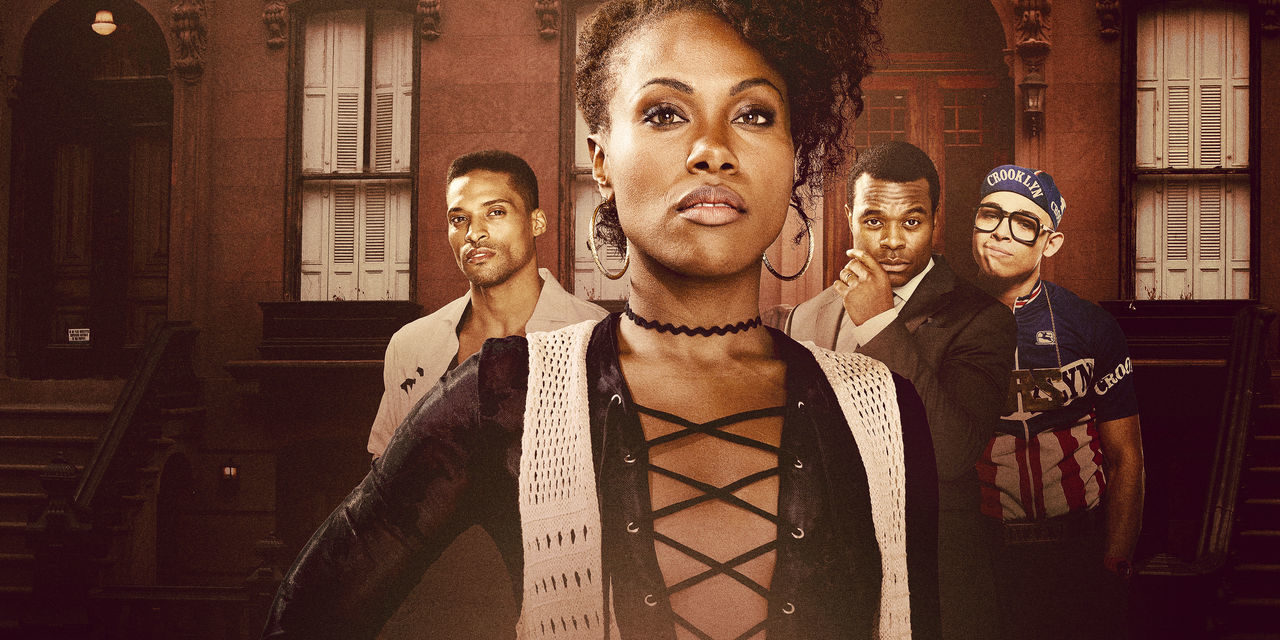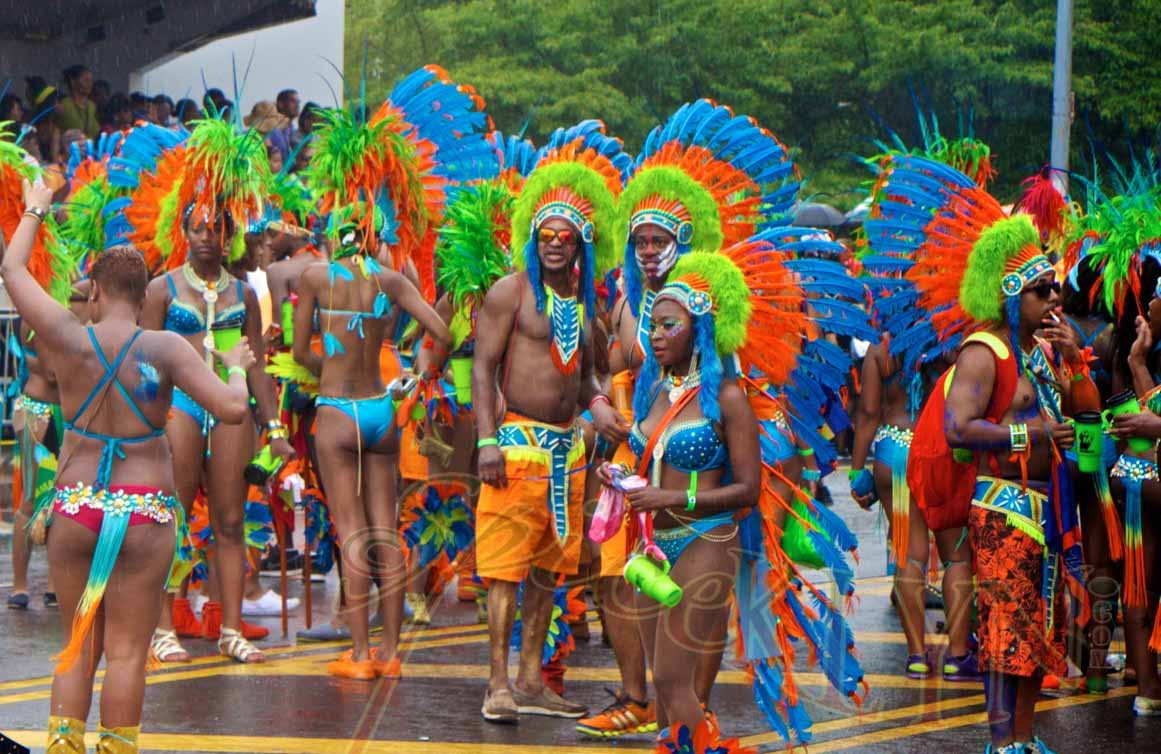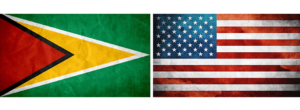Caribbean Culture Shines in Spike Lee’s Latest
_________________
Brooklyn has been the backdrop of countless films and television series over the years. From Annie Hall and The Cosby Show to Moonstruck and Brooklyn Nine Nine, the borough and its’ people have been a favorite subject of many writers and directors. The current captain of #TeamBrooklyn is undoubtly Mr. Spike Lee. Lee has spent a lifetime exploring the lives of Brooklyn Black folk. As a born and bred Brooklynite myself, though I didn’t live the brownstone life he usually portrays, I appreciate his dedication to consisently putting our borough, our people and our culture on screen.
But like many, being a Black American is only one facet of my identity. I’m also of Caribbean descent and Caribbean folk have been residents of New York for generations. Starting with a trickle of West Indian immigrants in the early 1900’s and becoming a more significant flow of migration in the 1960’s, Caribbean folk and their descendants have helped to shape the citys’ culture from its inception. Yet we haven’t often seen full-bodied, nuanced depictions of ourselves in the media. The way our identity politics are set up, because many Caribbean folks are Black, our culture often takes a back seat to our color when it come to media representation. Our particular stories often becoming swept up in the over-arching story of Black America.
In the series, Nola Darling is a millennial artist living life her best bougie black girl life in Fort Greene, Brooklyn. And from the opening scene to the series’ score this felt very Spike. Very new generation Black Brooklyn. I wasn’t a huge fan of the original film but as I watched the first episode I enjoyed where he was going and didn’t expect any major surprises. And then we meet Shamekka. Played by Jamaican/Filipino/American actress Chyna Lane, her first appearance on screen wasn’t anything special. “Typical Brooklyn chick.” I thought, as I tried to figure out if her BK accent and no-nonsense demeanor signaled her to be the ‘of ratchet origins, heart of gold with a rough exterior’ member of Nola’s girl group.
Most Caribbean characters on screen are some version of the dredhead Jamaican stereotype. Puffing a blunt in their red, gold and green rasta cap. But in that moment I recognized Shamekka. She is me and every first generation Caribbean-American in my circle. Kicking it with our crew, we hop from one side of the cultural hyphen to the other as needed to make our point or get that laugh. Slipping easily in an out of patois, AAVE, Kreyol, creolese and the queen’s English. We of the dutty wine and the harlem shake were well represented by this BK by way of JA chick.



Wally Murk Concert - Ep.3 SGHI

After a lifetime of consuming content that rarely portrayed my heritage outside of stereotype, or as an exotic import to ohh and ahh over, it’s a welcome respite to see realistic and authentic portrayals on the #hyphenlife on screen.
Fingers crossed that Season 2 brings deeper and more varied depictions of our lives. Maybe some Indo- or Chinese-Caribbeans? Exploration of the native Caribbean vs Caribbean-American dynamic? Or the introduction of Caribbean colorism, in particular among the Afro-Latinx characters (riding the wave of awareness recently brought to light by Amara LaNegra’s storyline on the reality show Love & Hip Hop Miami). Despite the characters and scenarios introduced, Spike has barely scratched the surface. There is so much more waiting to be explored.
Now I know that this is Nola Darling’s world and her story is the focus here. So expecting in-depth storylines revolving around Caribbean culture may be asking too much. But Spike and his writers clearly understand that even in a world where Black American people and culture are the focus, that the Caribbean diaspora cannot be ignored. With Season 2 confirmed I look forward to the return of Shamekka, Mars, Papo and crew and the continuing evolution of our story on screen.
What did you think? Did the portrayals measure up? Did they feel authentic? What more would you like to see from Spike on this? Tell me nuh?!







Good read and interesting dissection of the characters. For me, there were lots of missed opportunities (including exploring homosexuality in the Caribbean community with Terrell). Well, at least he knew to put us all over a story that’s basically an ode to Brooklyn.
Agreed. he could have gone further. There were a lot of introductions to issues but not much follow through. Maybe back in the day when he was first filming West Indians weren’t so visible to him but you’d have to be deaf, dumb and blind not to see we all up and in this piece these days lol